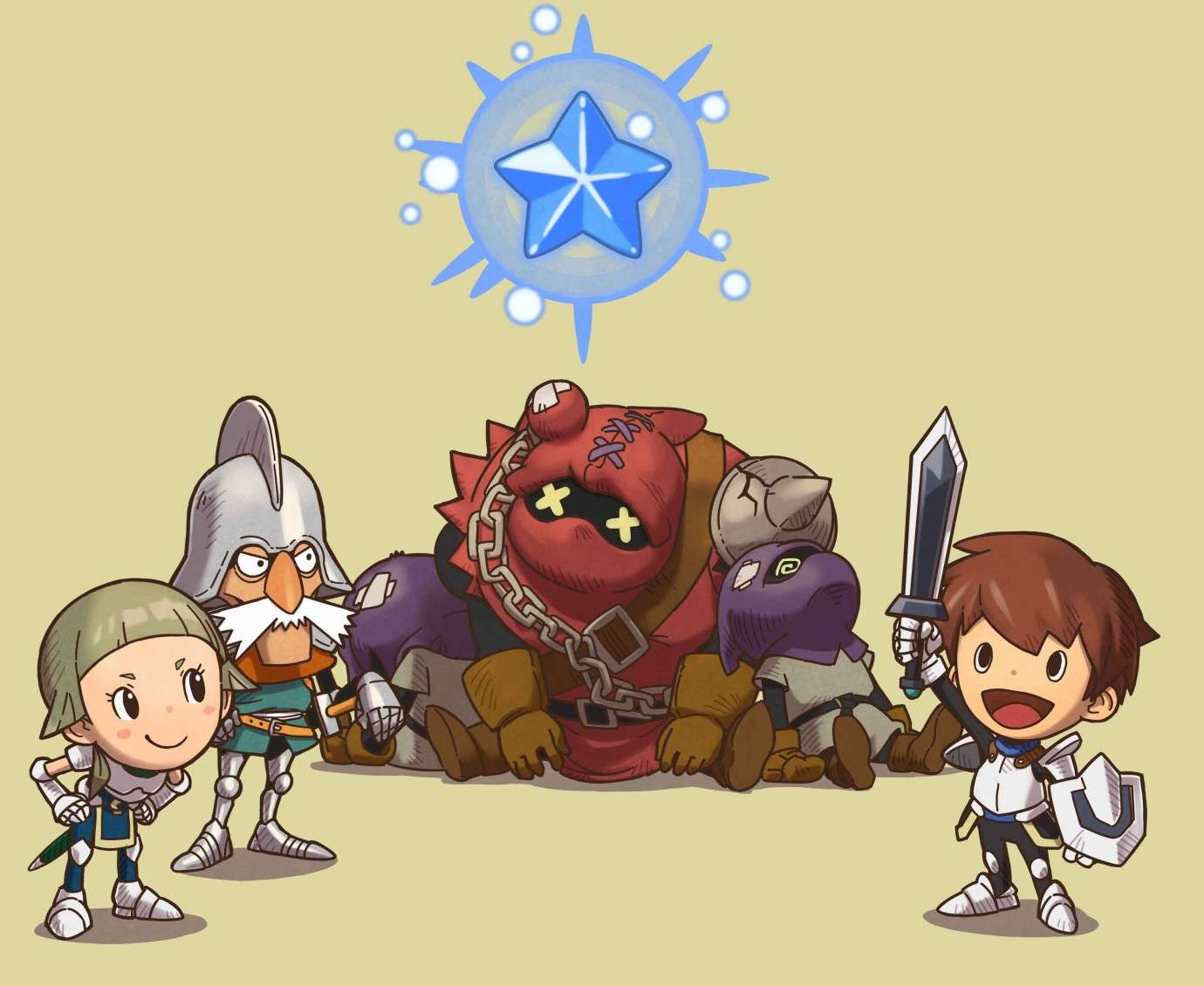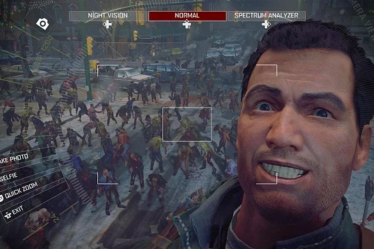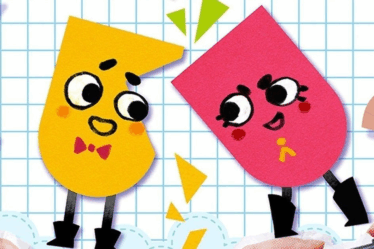
This article was originally published in Italian on GamesVillage.it in 2014.
With the usual delay separating the Western release of Japanese-style RPGs, the latest Nintendo 3DS title from the prolific Level-5 has finally made its way to our handheld consoles. The project, led by Akihiro Hino and partially overseen by the legendary Nobuo Uematsu and Yoshitaka Amano, aims to immerse players in the charming (well, sort of—the character editor is quite versatile!) guise of a resident of the kingdom of Reveria.
If the promise of a lighthearted fantasy adventure doesn’t appeal to you, well, you might as well stop reading right now. Fantasy Life is an action RPG that has little in common with the “teenage” narratives many Japanese titles rely on, opting instead for a more relaxed tone over epic journeys with busty, increasingly fragile heroines.
Sure, there’s a “story” here, but it’s really just a straightforward series of excuses to better flesh out the exploration of the game’s vast world—from snow-capped peaks to mysterious caves and sprawling deserts. The heart of the experience isn’t in the protagonists’ monologues or the villains’ charisma, but in the atmosphere, which Level-5’s title exudes from the very first minutes.
Players must choose which “Life” (or profession) to pursue, with four combat-focused options, five dedicated to gathering resources, and three more for crafting. The adventure begins by allowing players to backtrack at any time if unsatisfied with their choice. Essentially, the game encourages hybridizing classes to create well-rounded heroes—something easily achievable if you decide to level all gathering and crafting classes to rank 1.
Want to be a metalworking paladin who also enjoys quiet afternoons with a fishing rod? No problem—just visit the guild, level the three relevant classes, and they’ll coexist, benefiting from shared experience. This open, reversible class system might make Western RPG purists cringe (given their focus on distinct class identities and unique abilities), but it works, making the gameplay easy to grasp in no time.
Character progression involves multiple factors. While experience boosts stats over time, class growth and story progression are tied to side quests, all neatly summarized in the “missions” screen (accessible anytime on the lower display). However, this creates a slight inconsistency: you can’t specialize in a profession just by practicing it—you must complete specific objectives. In short, you won’t become Reveria’s greatest angler by fishing in the same spot; you’ll need to travel far and wide with progressively better rods. Whether you buy or craft them is entirely up to you.
Crafting relies heavily on timing and patience-testing minigames, unlike text-heavy, stat-driven systems (e.g., Atelier). Performance as a blacksmith, tailor, chef, etc., determines item quality—a simple, kid-friendly approach. Combat follows the same philosophy: real-time skirmishes are lukewarm, revolving around well-timed blocks and attacks. The hack ‘n’ slash mechanics evolve as combat classes (paladin, mercenary, archer, or wizard) level up, but Fantasy Life remains a mild-mannered action RPG with a barely noticeable difficulty curve.
Multiplayer (local and online) shines post-game, when tackling backlogged side quests. Unique monsters and co-op exploration are just the tip of the iceberg—this tiny cartridge packs enough content for 50+ hours.
Yet Fantasy Life’s charm lies in its pristine world design and hundreds of super-deformed NPCs. Narrative-wise, it’s no surprise the developers also worked on Ni No Kuni. Like that PS3 JRPG, this adventure—wrapped in dreamy CGI and deliberately naïve aesthetics—brings a colorful, innocent universe to life.
The world feels vast and believable, despite fitting on the 3DS’s small screen. Towns brim with NPCs eager to assign tasks, while nights teem with monsters under the glow of the Lunares stone—details that sell the sugary-sweet setting. Sure, the pun-heavy dialogue and simplistic language might deter older players, but the cover and intro video make the target audience clear from the get-go.
In short, Fantasy Life is a charming, accessible RPG that prioritizes freedom and customization in the vibrant realm of Reveria. While the main narrative is more backdrop than centerpiece, the real draw is its laid-back atmosphere, sheer volume of content, and the ability to mix-and-match “Lives” to create a multifaceted avatar. The progression system, crafting minigames, and intuitive (if simple) combat make it enjoyable for a broad audience—especially those seeking a long, relaxing adventure, possibly in multiplayer. Though its youthful art style and writing may not win over mature gamers, Fantasy Life successfully transports players to a vast, believable world, reaffirming Level-5’s knack for crafting enchanting universes brimming with dozens of hours of carefree fun.


